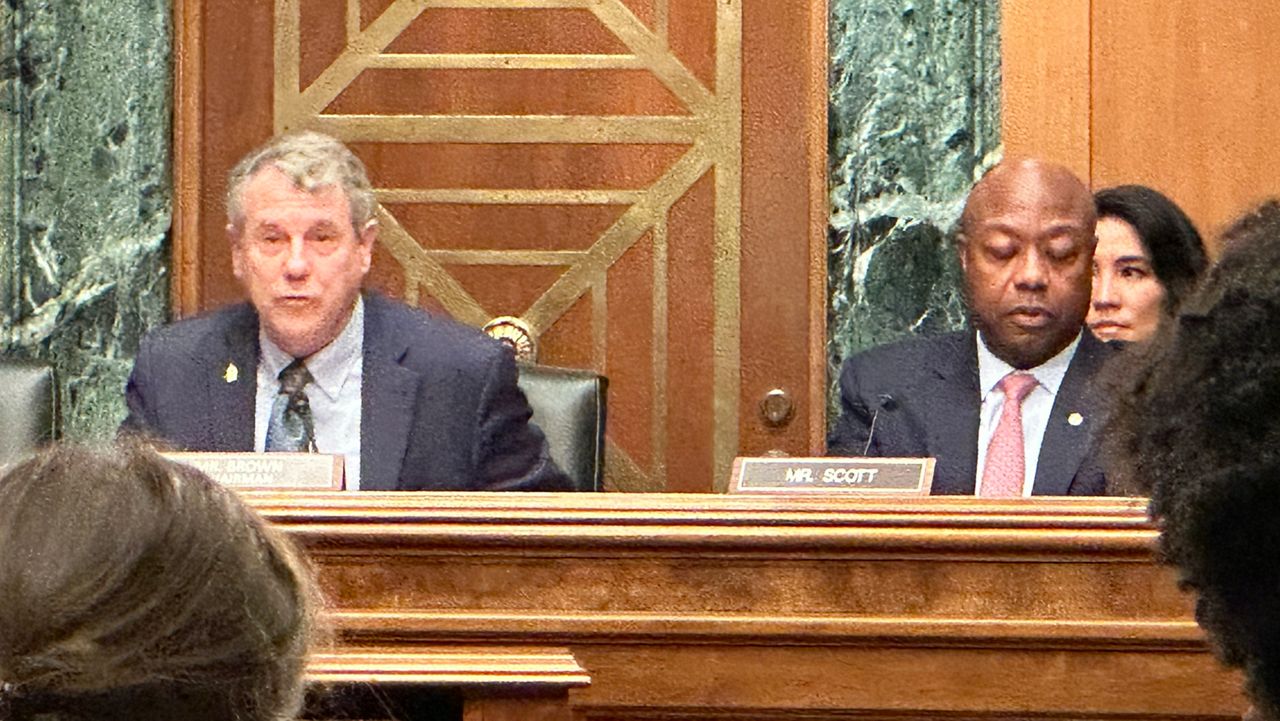WASHINGTON, D.C. — An Ohio lawmaker is leading an effort to crack down on synthetic variants of fentanyl, the latest salvo in the battle against opioid abuse, which has killed more than 640,000 Americans since 1999.
What You Need To Know
- The HALT Fentanyl Act would permanently classify fentanyl analogs—drugs that have a slightly different chemical structure but similar effects—as Schedule I drugs
- Critics said the bill would do more harm than good and was only designed to make lawmakers look like they're doing something about the opioid crisis
- The measure passed in the House on Feb. 6
The HALT Fentanyl Act would permanently classify fentanyl analogs—drugs that have a slightly different chemical structure but similar effects—as Schedule I drugs. The Drug Enforcement Administration (DEA) defines drugs in that category, such as heroin and marijuana, as having “no currently accepted medical use and a high potential for abuse.”
“The fentanyl coming across the, mainly the southern border, about 16,000 pounds last year, it can kill every American,” said Rep. Bob Latta, R-Ohio, one of two original co-sponsors of the HALT Fentanyl Act.
Latta wrote in an op-ed that the bill would help law enforcement crack down on traffickers producing fentanyl analogs in order to get around bans on fentanyl. Currently, penalties for trafficking analogs are not as severe as those for traditional fentanyl.
In addition, he said, the measure fits into President Donald Trump’s agenda to secure the southern U.S. border.
“The president wants to make sure that we're stopping the flow of fentanyl across our southern border, and we want to make sure that we have the laws in place to help,” Latta said.
Critics, though, pointed out the DEA has temporarily classified fentanyl analogs as Schedule I since 2018.
“It’s performance art, and it’s delusional because making something Schedule I certainly didn’t make people not use marijuana. It certainly hasn’t stopped heroin. It certainly hasn’t stopped psychedelics,” said Dr. Jeffrey Singer, a surgeon and senior fellow at the Cato Institute.
The HALT Fentanyl Act would keep the Schedule II classification of fentanyl and the roughly 4,800 fentanyl analogs that already exist, some of which are commonly used in anesthesia.
Currently undiscovered fentanyl analogs would be classified as Schedule I. Schedule I drugs can still be used in studies, though researchers must receive permission from their institution, state and the DEA. The HALT Fentanyl Act includes specific language to ensure research can continue on new fentanyl analogs.
Singer said even with that language, the additional hurdles of studying a Schedule I drug would restrict valuable medical research into new fentanyl analogs.
“We don't know if future analogs to fentanyl will have medical uses. Maybe they could be breakthrough drugs. Maybe they could be analogs that could reverse overdoses or cure addiction,” Singer said. “We have no way of knowing because we're not going to be allowed to know."
Other critics said the bill fails to address the factors driving opioid deaths and would lead to more incarceration instead of treatment for addiction.
“It’s a bad bill that won’t help anyone who is seeking help for a substance addiction,” said Chloe White, Senior policy counsel on justice at the Leadership Conference on Civil and Human Rights. “Just as in our past mistakes in the War on Drugs, it’s going to disproportionately affect people of color in this country.”
Still, the measure passed the House Feb. 6 with bipartisan support from all but one Republican and nearly half of Democrats, including 13 of Ohio’s 15 House members.
That bipartisan support shows a desire by both parties to be seen as tough on crime, particularly after last year’s election, when polls showed voters ranked crime and drugs as a top issue.
The bill now heads to the Senate for a vote.












